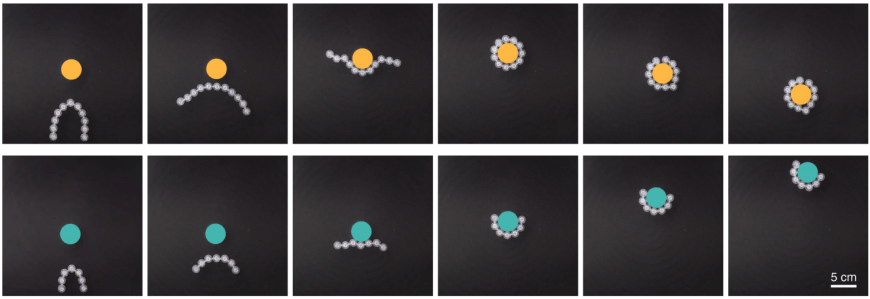2025-06-06 ハーバード大学
ハーバード大学ジョン・A・ポールソン工学・応用科学スクール(SEAS)の研究チームは、最大100万個の原子規模で材料の電気応答を量子力学的精度で予測できる機械学習フレームワーク「Allegro-pol」を開発しました。これは、従来の密度汎関数理論(DFT)による数百原子規模のシミュレーションを大幅に拡張するもので、外部電場に対する材料の応答を高精度かつ大規模に解析可能とします。
◆Allegro-polは、エネルギーと分極などの量子特性を統一的なポテンシャルエネルギー関数に組み込み、物理的対称性や保存則を考慮した設計となっています。このモデルは、シリカ(二酸化ケイ素)の赤外線および電気的特性、バリウムチタン酸化物の温度依存性強誘電スイッチングなどのシミュレーションで実証されました。この技術は、次世代の不揮発性メモリ、キャパシタ、エネルギー貯蔵デバイス向けの新材料設計に貢献する可能性があります。
<関連情報>
- https://seas.harvard.edu/news/2025/06/modeling-electric-response-materials-million-atoms-time
- https://www.nature.com/articles/s41467-025-59304-1
電気応答の統合微分可能学習 Unified differentiable learning of electric response
Stefano Falletta,Andrea Cepellotti,Anders Johansson,Chuin Wei Tan,Marc L. Descoteaux,Albert Musaelian,Cameron J. Owen & Boris Kozinsky
Nature Communications Published:29 April 2025
DOI:https://doi.org/10.1038/s41467-025-59304-1

Abstract
Predicting response of materials to external stimuli is a primary objective of computational materials science. However, current methods are limited to small-scale simulations due to the unfavorable scaling of computational costs. Here, we implement an equivariant machine-learning framework where response properties stem from exact differential relationships between a generalized potential function and applied external fields. Focusing on responses to electric fields, the method predicts electric enthalpy, forces, polarization, Born charges, and polarizability within a unified model enforcing the full set of exact physical constraints, symmetries and conservation laws. Through application to α−SiO2, we demonstrate that our approach can be used for predicting vibrational and dielectric properties of materials, and for conducting large-scale dynamics under arbitrary electric fields at unprecedented accuracy and scale. We apply our method to ferroelectric BaTiO3 and capture the temperature dependence, frequency dependence, and time evolution of the ferroelectric hysteresis, revealing the underlying intrinsic mechanisms of nucleation and growth that govern ferroelectric domain switching.



